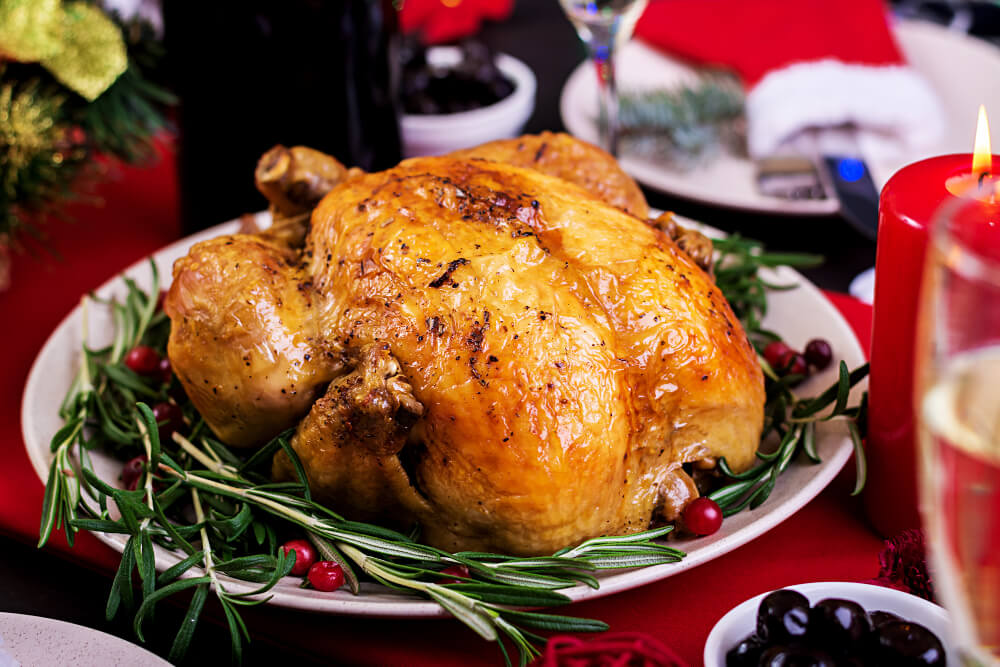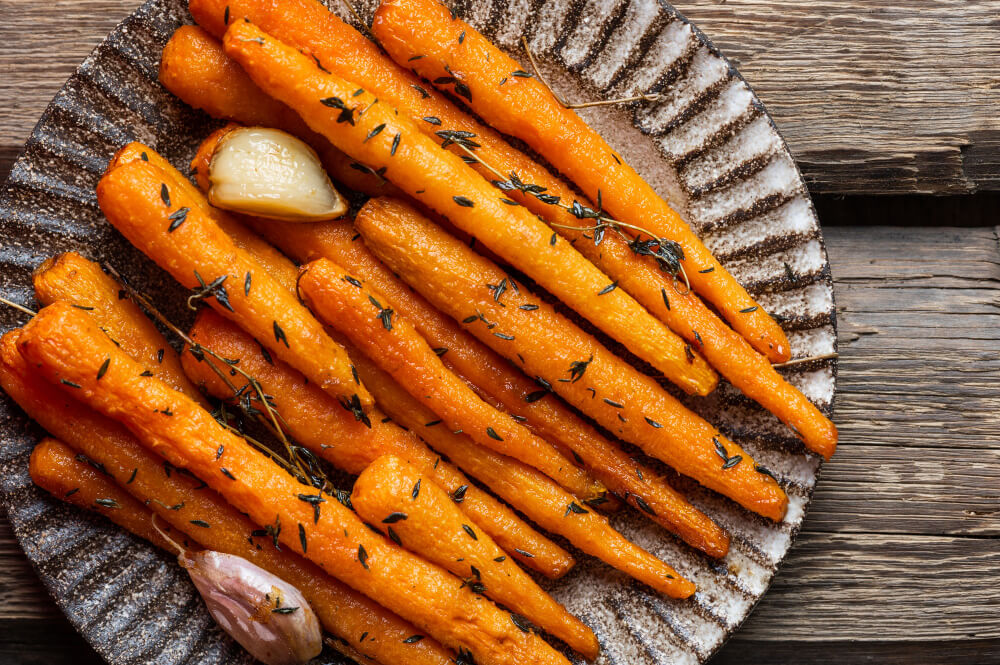We've all been there: we get a new kitchen implement, and we vow to take good care of it. Then life gets in the way, and our best intentions are left far behind. But caring for your wooden
- Your family stays safe from food-borne illness.
- The board stays looking sleek.
- It lasts for many years to come.
MATERIALS NEEDED:
-
A mild dish soap.
-
A board brush or scraper – to gently scrape food remains.
-
Dish towels or paper towels – to try the board.
-
Food-grade mineral oil or conditioner mix. Both are fine.
-
Coarse salt, one lemon or distilled white vinegar (Optional)
-
Baking soda or hydrogen peroxide. (Optional)
-
Bleach (Optional)
HOW TO WASH A WOOD

Washing a wooden cutting board is an important part of keeping it clean and safe to use. Here are the steps to follow to wash a wood cutting board, as well as options to clean and sanitize:
STEP-BY-STEP CLEAN AND CARE INSTRUCTIONS:
-
Scrape off any leftover food debris with a brush or scraper from the surface of the board.
-
Use water and mild dish soap to wash the board and scrub both sides of the board.
-
Rinse the board thoroughly with warm water on both sides.
-
Dry it with a towel and let it air dry upright before storing away.
You may be tempted to soak the board, thinking it will help loosen food particles or remove stains and odors. But soaking doesn't work for wood and is especially bad for
CAN YOU PUT A WOOD

Many people wonder if it's safe to put a wooden
The high heat and strong detergents used in the dishwasher can cause the wood to warp, crack, or split. Additionally, constant exposure to water can lead to the wood becoming saturated, which can cause it to expand and become misshapen.
Hand washing with mild soap and warm water is the best method for cleaning a wooden board to prolong its life. This method allows you to thoroughly clean the board and control the amount of water that comes into contact with it, helping to prevent warping or cracking.
HOW TO CLEAN A WOODEN

This walnut board in the image is from 2017 and has seen at least 50 steaks and a lot of veggies, onions, and garlic. It's our go-to mincing and chopping
When cutting raw meat or fish, it is best practice to use separate
HOW TO DISINFECT WOOD CUTTING BOARDS
Here are a few methods to disinfect a cutting board, we recommend, pick the ones that you like more.
VINEGAR:

-
Mix equal parts vinegar and water.
-
Spread the solution on the board and scrub all surfaces, including the sides and corners.
-
Allow the solution to sit on the board for a few minutes to allow it to work.
-
Rinse the board thoroughly with warm water and dry it with a clean towel.
-
After cleaning and drying, store it upright to prevent warping.
-
Repeat the process every time you use the board to cut meat or fish.
BAKING SODA:

-
Mix baking soda with water to form a paste.
-
Spread the paste on the board and scrub all over.
-
Allow the paste to sit on the board for 2-5 minutes to allow it to work.
-
Rinse and dry with a towel.
BLEACH SOLUTION:

-
Mix a solution of 1 tablespoon of bleach per gallon of water.
-
Spread the solution on the board and scrub, don't oversaturate.
-
Allow the solution to disinfect the board for at least 5 minutes.
-
Rinse well and dry.
-
It's important to note that when using bleach, you should always use gloves and work in a well-ventilated area. Never mix bleach with other cleaning products.
HYDROGEN PEROXIDE:

-
Spray 3% hydrogen peroxide evenly on the board and scrub all surfaces with a brush.
-
Allow the solution to disinfect the board for at least 5 minutes.
-
Rinse thoroughly, followed by a dry cloth.
And remember to apply food-safe mineral oil to the board regularly to maintain your wooden cutting board in top shape and prevent warping or cracking.
HOW TO REMOVE STAINS, SMELLS AND DEODORIZE

Garlic adds a delicious zing to shrimp, chicken and skillet potatoes. Still, its powerful aroma can linger on your board long after the meal is over. But don't let that stop you from enjoying your favorite dishes. We have the perfect solution for eliminating those stubborn smells and restoring your
All you need is a lemon and some salt.
-
Wash the entire surface of the board with hot water and dish soap.
-
Sprinkle coarse salt on the board, then cut a lemon in half and use it to scrub the board and cover all surfaces, including the sides and corners.
-
Leave the salt and lemon juice on the board for a few minutes to allow it to work.
-
Rinse the board thoroughly and dry it with a clean towel.
-
Let air dry on the side before storing away.
NEVER SKIP THE AIR DRYING

The key to a long-lasting
OIL REGULARLY

Along with proper washing and drying, if you season and condition your board regularly, you'll keep the board safe and beautiful while prolonging its life and enjoyment. We advise to oil once a month.
SEASONING A BOARD WILL:
-
Protect it from water and mildew.
-
Give it a seal to resist absorbing smells and bacteria.
-
Help it resist stains.
-
Prevent cracking.
Mineral oil is the most popular choice for
An alternative to mineral oil would be fractionated coconut oil (not to be mistaken with coconut oil)
Use Mevell
Once the oil has soaked in, apply a coat of conditioner. (optional step) This provides an extra seal for the board's surface, giving it maximum protection and lustre.
WHEN MORE IS NEEDED – HOW TO REFINISH A
Cooking is an art and a passion, but wooden
And after all that hard work, treat your wood board with a food grade mineral oil and conditioner to bring out its natural beauty and ensure it lasts for years to come.
FINAL WORDS
In conclusion, keeping your wooden
If your board is past its glory days, take a look at our collection of handcrafted wood




